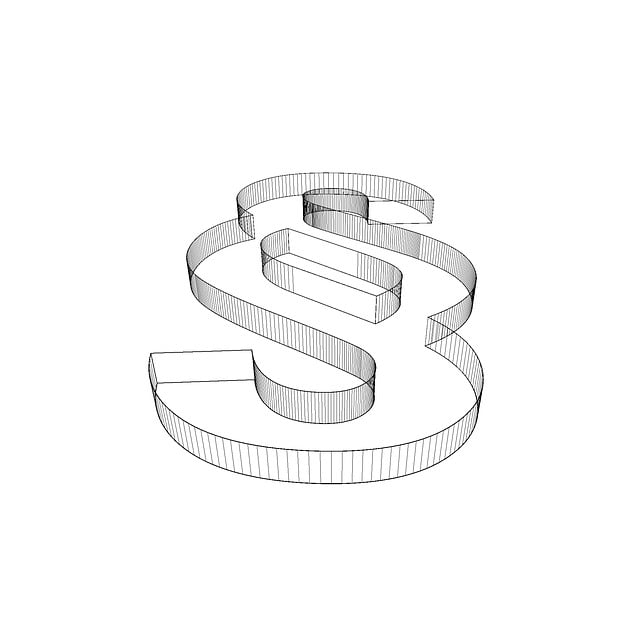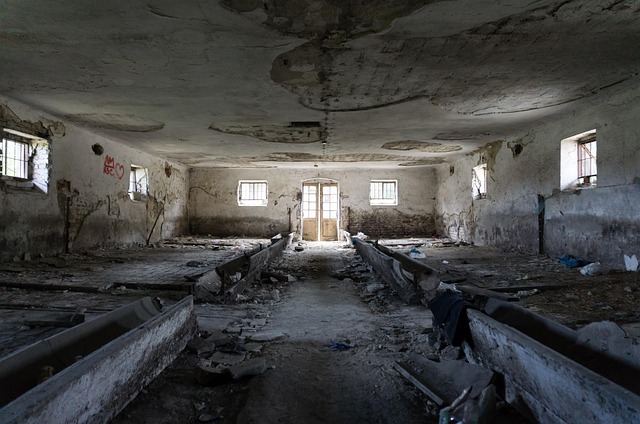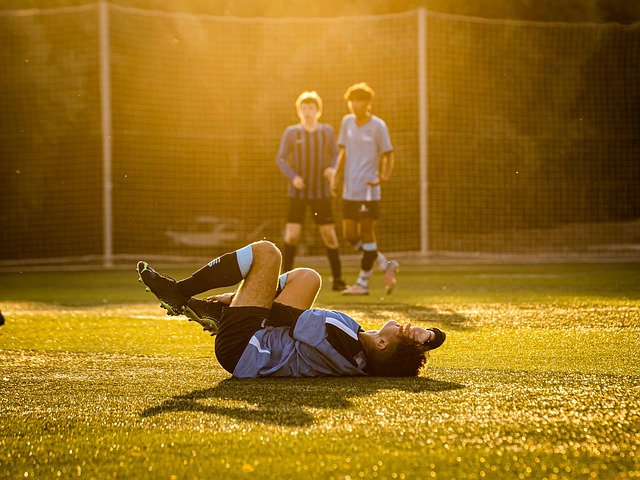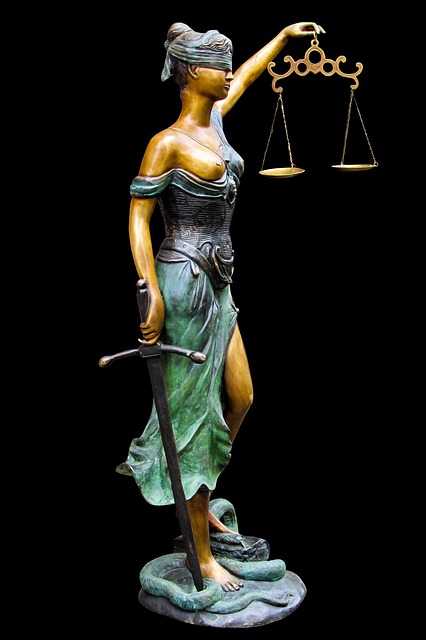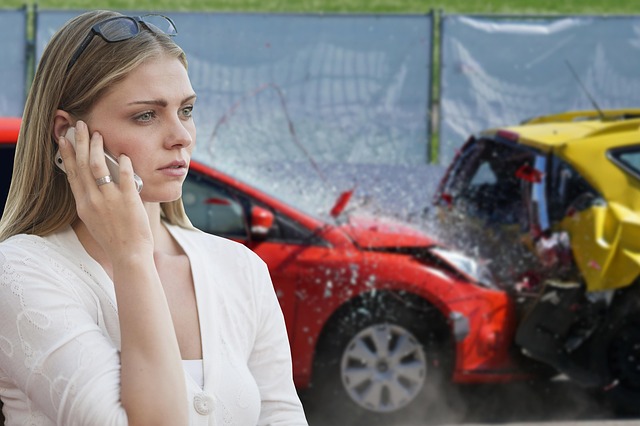Uneven pavement falls pose significant risks, particularly for elderly nursing home residents using walkers or wheelchairs. These hazardous conditions, often overlooked in public spaces, can cause severe injuries and are a key consideration for personal injury lawyers assessing liability and compensation. Regular inspections and maintenance are crucial to preventing accidents and ensuring safer environments. Understanding insurance coverage for uneven pavement falls is vital, with homeowners' policies typically covering private property but having restrictions in public areas or when another party is at fault. Commercial General Liability (CGL) insurance offers broader protection for businesses managing public areas. Determining liability in these cases is complex, requiring examination of the duty of care, maintenance efforts, and external influences like weather, spanning scenarios from residential to commercial settings.
Uneven pavement falls are a prevalent safety concern, leading to numerous legal implications and insurance coverage issues. This article delves into the complexities surrounding these incidents, focusing on understanding the hazards of uneven pavement and their impact on pedestrians. We explore the scope of insurance coverage for fall accidents, analyzing liability and policy interpretations.
Additionally, we present real-world case scenarios, highlighting legal considerations and strategies to navigate this intricate landscape, offering valuable insights for both victims and insurance professionals.
- Understanding Uneven Pavement and Fall Hazards
- Exploring Insurance Coverage for Fall Accidents
- Legal Considerations and Case Scenarios
Understanding Uneven Pavement and Fall Hazards

Uneven pavement presents significant fall hazards for pedestrians, especially the elderly and individuals with mobility issues. Cracks, holes, or uneven surfaces can cause tripping and falling, leading to severe injuries. These hazardous conditions are often overlooked, but they constitute a serious safety concern, particularly in public spaces and areas with high foot traffic.
In the context of nursing home abuse, where residents might be reliant on walkers or wheelchairs for mobility, uneven pavement outside these facilities poses an increased risk. A personal injury lawyer would advise that understanding these hazards is crucial to prevent accidents and seek appropriate injury compensation. Proper maintenance and regular inspections can significantly mitigate the risks associated with uneven pavement falls.
Exploring Insurance Coverage for Fall Accidents

When it comes to exploring insurance coverage for fall accidents resulting from uneven pavement, understanding the nuances of various policy types is essential. Homeowners’ insurance policies typically cover accidents on one’s property, but they may have limitations regarding public spaces or situations where another party is at fault. On the other hand, commercial general liability (CGL) insurance, often required for businesses, can provide broader coverage for such incidents, especially if the uneven pavement is part of a public area managed by the business.
Elder law professionals and business litigation experts often encounter these cases, where individuals sustain injuries due to hazardous conditions on sidewalks or roads. In such scenarios, it’s crucial to investigate whether the responsible entity—be it a local government, property owner, or business—carries adequate insurance coverage for uneven pavement falls. This is particularly significant in commercial disputes, as businesses must ensure they are protected against potential liabilities arising from accidents on their premises or areas under their control.
Legal Considerations and Case Scenarios

When it comes to uneven pavement fall cases, legal considerations are multifaceted and deeply intertwined with specific circumstances. The primary concern lies in establishing liability—determining who is at fault for the unsafe condition that led to the fall. This often involves examining the property owner’s duty of care, the reasonableness of their efforts to maintain the premises, and the contributing factors, such as weather conditions or third-party actions.
Case scenarios vary widely, from slip-and-fall incidents on residential properties to truck accident sites where uneven pavement exacerbates hazards. In real estate litigation, property managers and landlords may face scrutiny for inadequate maintenance or repair of walkways. Similarly, in medical negligence cases, a patient’s fall due to an uneven surface within a healthcare facility could lead to legal action against the institution. Understanding these nuances is crucial for both plaintiffs seeking justice and defendants aiming to protect themselves from liability.
Uneven pavement falls pose significant risks, emphasizing the need to understand insurance coverage issues in such cases. By exploring legal considerations and real-life scenarios, we can navigate the complexities of these accidents. In light of the above discussions, it’s crucial for both individuals and municipalities to ensure adequate insurance coverage to protect against potential liabilities arising from uneven pavement falls. This proactive approach can help foster safer public spaces and mitigate financial risks associated with these hazards.
